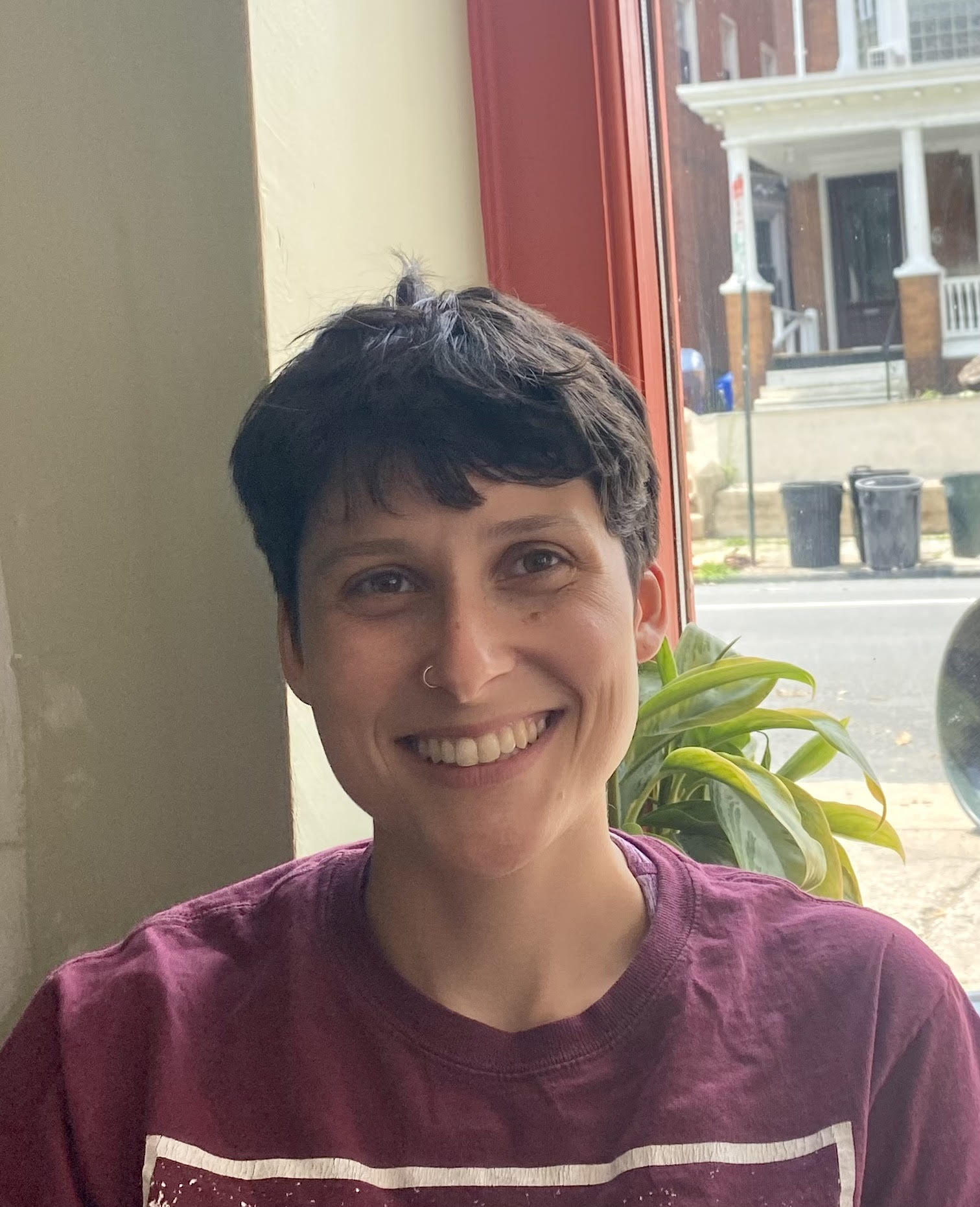
By Tali Anisfeld
נחל (nachal): river
נחלה (nachala): inheritance
There is no beginning to this story. We begin midstream. We begin in a gush of water from our mother’s bodies. In our first moist breath.
It is rain that gathers there and begins to flow. It is the snow that fell in drifts from heavy clouds and melted in the sun. The headwaters of the Mississippi River are in the sky.
– Aurora Levins Morales
People who live by rivers dream they are immortal – Audre Lorde
When you touch a river, you touch the ocean and you touch the mountains. When you come into contact with a river, you are carried onwards and backwards as it remembers its source – snowmelt, rainfall, a welling up of groundwater, or the swelling over of a lake – and its gathering place – saltwater, where it has been before. When you connect to a river, you become connected, also, to the many other organisms that live in its varied and journeying path. When you touch a river, you become a part of different elsewheres and elsewhens and they become a part of you.
Pride Month – in all the ways in which I feel both connected to and alienated from it – faces me with the unceasing questions: To whom do I belong? Who am I? Whose am I?
Queerness and Jewishness are not answers to these questions for me. That’s the thing about belonging: the question can’t be resolved with an answer. The question can only be met with an invitation, an open channel into the river. Queerness and Jewishness are my ways into the river. Its form and its formlessness.
This does not mean that the flow is always undistributed or the invitation inviting. Like any identity, my Jewishness and my Queerness sometimes live inside me and I in them with doubt, friction, and distance. Sometimes I don’t want them to be a part of me. Sometimes, I feel ashamed of them or of the way I am them. I recoil from them – sometimes for good reason (like when our communities cause harm to others and to each other or when we fail to see our blindspots) and sometimes for no good reason at all. Sometimes I feel like my lineages don’t want me or like I just don’t fit very well at all. The passage is by no means clear. There are a million snags, miles of meandering, winter freezing, and periods of drought.
Seven years old: I am wearing baggy jeans, hand-me-down sneakers, a baseball cap over my bob haircut, and a sparkly pink and purple shirt. I am shy and chutzpah-dik. The flavor of messy. About to embark on my first queer love story. Queer because we love each other queerly. Platonically, and passionately. We love each other like siblings, best friends, and life partners. In many ways, simple: just love. But it will also confuse us.
Fourteen years old: I am trying to talk to God. Please, God, help me to know myself. Help me to release shame and to be unafraid in my living.
Twenty-two years old: Specks of dust and rock and algae soar wildly through the water as we open our eyes beneath the surface and grin, giddy with wonder. The people, gathered as we are, and laughter, humming life life life. The world is bursting and you are sparkling, a winking star in the bright bright sky. I sing, and the way you look at me tells me that I, too, am sparkling. And so we sparkle the afternoon away at the shores of Lake Michigan, and the water laps at us, and the sun makes its mark on our faces, and the wind on our hair. And we return home, drunk on sand and sun. On our way, we talk about how we love each other and the words come like waves: rock, water, seagull, day-moon, night-moon, you.
Twenty five years old: I am wearing baggy jeans, hand-me-down sneakers, and a baseball cap over my short hair. I am learning Talmud twice a week with a dear friend who I’ve known since we were sixteen. We have seen each other journey into adulthood, into Queerness. We’re learning about rain, and drought, and dew.
Like a human life, like a river, Queerness and Judaism are alive.
These identities have also both, in different ways, been subject to erasure of their relationships to memory and change. Jewish tradition is often dismissed as outdated and static, an ancient heritage that has little to offer us in our modern world. This guts Judaism of its core tradition of transformation. It is a tradition that invites each person into its creation and so, inherently, resists stagnancy. At the same time, Queerness, especially gender queerness, is often diminished as a never-before-seen phenomenon, a mere invention. This is a dangerous erasure of the long and deep history of Queer existence, Queer community, and Queer resistance that make our very lives possible.
Queerness and Judaism – like rivers – have taught me, and I think can teach each other: Memory and imagination, continuity and change, lineage and transformation, they are one and the same. They are each other.
This Pride Month, I begin midstream. I feel myself tethered to all the ancestors and all the futures that being Queer and being Jewish attach me to – the tributaries, creeks, and streams that flow through me. May we feel ourselves bound up in the river that connects all of creation, and keep singing its immortal song.

Tali Anisfeld (they/them) lives on unceded Lenni Lenape land in Philadelphia. Their work connects communities to local ecosystems through education, native plant restoration, community arts programs, and research. They love to write, read, cook, and make art.